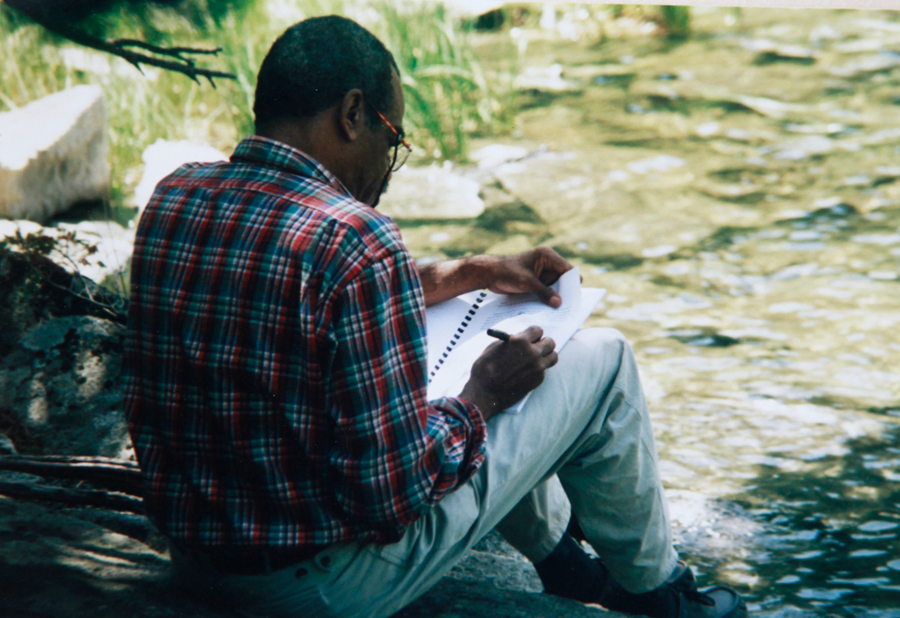Critic’s Guide: Brussels
Ahead of Art Brussels opening this week, a guide to the best shows around town
Ahead of Art Brussels opening this week, a guide to the best shows around town


Patrizio di Massimo
Rodolphe Janssen
18 April – 10 June
Opening Tuesday 18 April, from 6pm
The body appears as spectacle and site of amusement as towering figures perform circus tricks in a new series of paintings from London-based artist Patrizio di Massimo, opening tonight. This show marks the artist’s renewed focus on the erotics of figurative painting. Playing on the well-worn ideas of the viewer as voyeur and artist as seducer, Di Massimo presents the subject caught unawares and litters his paintings with intimate clues as to their identity or the sources from which they are drawn. But no sooner do you start to decode the scene, these signs and symbols recede into the banal and meaningless. For Di Massimo the grand folly of trying paint the truth of the subject is exchanged for the painter as ring master, providing nothing more than diversion and entertainment. Cologne twins Gert & Uwe Tobias have a show in the gallery’s other space.

‘Mondialité’
Boghossian Foundation - Villa Empain
18 April – 27 August
Opening Tuesday 18 April, from 3pm
How can local identity be preserved whilst trying to strengthen global ties and cross-cultural exchange? At a time in which the world feels both increasingly homogenous yet riven with protectionist politics, the curators of this group show, Hans Ulrich Obrist and Asad Raza, explore this urgent question through an engagement with the ideas of philosopher Édouard Glissant. Alongside documentary film, archival materials and songs, will be works by artists including Sophia Al-Maria, Simone Fattal, Raqs Media Collective and Adrián Villa Rojas, which for Obrist and Raza, reflect Glissant’s hybrid concepts of relationality and creolization. Encouraging visitors to think not only in terms of space and geography, but also in terms of time, the exhibition has a performance programme including works from Monira Al-Qadiri and choreographer Mårten Spångberg.

‘The Absent Museum’
WIELS
20 April – 13 August
Opening Wednesday 19 April, 8–10pm
WIELS is not a museum, but everyone seems to think it is. To celebrate its 10th anniversary, the institution reimagines itself as a museum to ask how future, global art collections could be assembled without erasing the individuality and geographical context of the artists included. Likewise, how can artists and galleries respond to our turbulent times without becoming defined by them? The absent museum of the exhibition title therefore straddles an idea of what the such a space could be in the future, but also acts as a critique of the reluctance of many museums to take an active role in current political debates. Through a group show including works by Monika Baer, Jimmie Durham, Otobong Nkanga and Peter Wächtler, curator Dirk Snauwer argues that contemporary art should and could be an essential part of public life.

Junko Oki
Office Baroque
18 April – 27 May
Opening Tuesday 18 April, 6–8pm
The first exhibition in Brussels of Japanese artist Junko Oki, gathers the threads of her childhood memories through the artist’s reworking and display of centuries-old textiles collected by her mother. Oki reshapes and embroiders these fragile antique fabrics, using thread to create circular patterns that radiate outwards, like a chain of associated memories. Some fabrics are displayed in wall mounted wooden boxes, as if they were sacred relics, while others appear as patchworks, the materials fully repurposed – preservation has an uncertain status here. Oki’s work seems to suggest that revisiting the past necessarily involves altering its delicate fabric.

‘Modus Operandi’
Société d'électricité
15 April – 15 August
In an age of increasingly outsourced labour this exhibition makes a timely return to that key strategy of conceptual art, delegation. Through new and historic works from artists including David Lamellas, Sol LeWitt and Joëlle Tuerlinckx, amongst many others, this show explores the use of instructions, scores and statements. Do such strategies diminish the importance of the outcome, putting the idea itself at the centre of the work? Or does the role of the subject come to the fore as the resulting object, performance or presentation changes according to the idiosyncrasies of its maker? And how do you stage a show that hasn’t been made yet? It will be interesting to see whether it’s possible to ‘curate’ an engaging exhibition when the audience really does have to do all the work.

Ian Wallace
Greta Meert
9 March – 6 May
Over 50 years of art making, British-born artist Ian Wallace has shifted through numerous pictorial strategies, from monochrome painting through to conceptual photography. A pivotal figure in the development of conceptual art in his adopted home of Canada, Wallace actually started out as a street photographer. This show includes some of his earliest works, pairing photographs of cities with abstract paintings the better to problematize the conventions and assumptions operative in both visual languages. Alongside these are works investigating the museum, and a new series looking at the intimate space of the artist’s studio. Through careful play with composition, colour and disjunctions of space, Wallace’s simple strategy of collaging photographs onto canvas opens up a plethora of questions about what is formal and what is narrative, what is staged or found, and what is intrinsic to the picture or the product of the artist’s recontextualization of it.
For more current shows in Brussels visit On View
Main image: Patrizio Di Massimo, The Pink Candle (detail), 2017, oil on linen, 151 x 151 x 3 cm. Courtesy: the artist and Rodolphe Janssen, Brussels; photograph: Hugard & Vanoverschelde photography




















